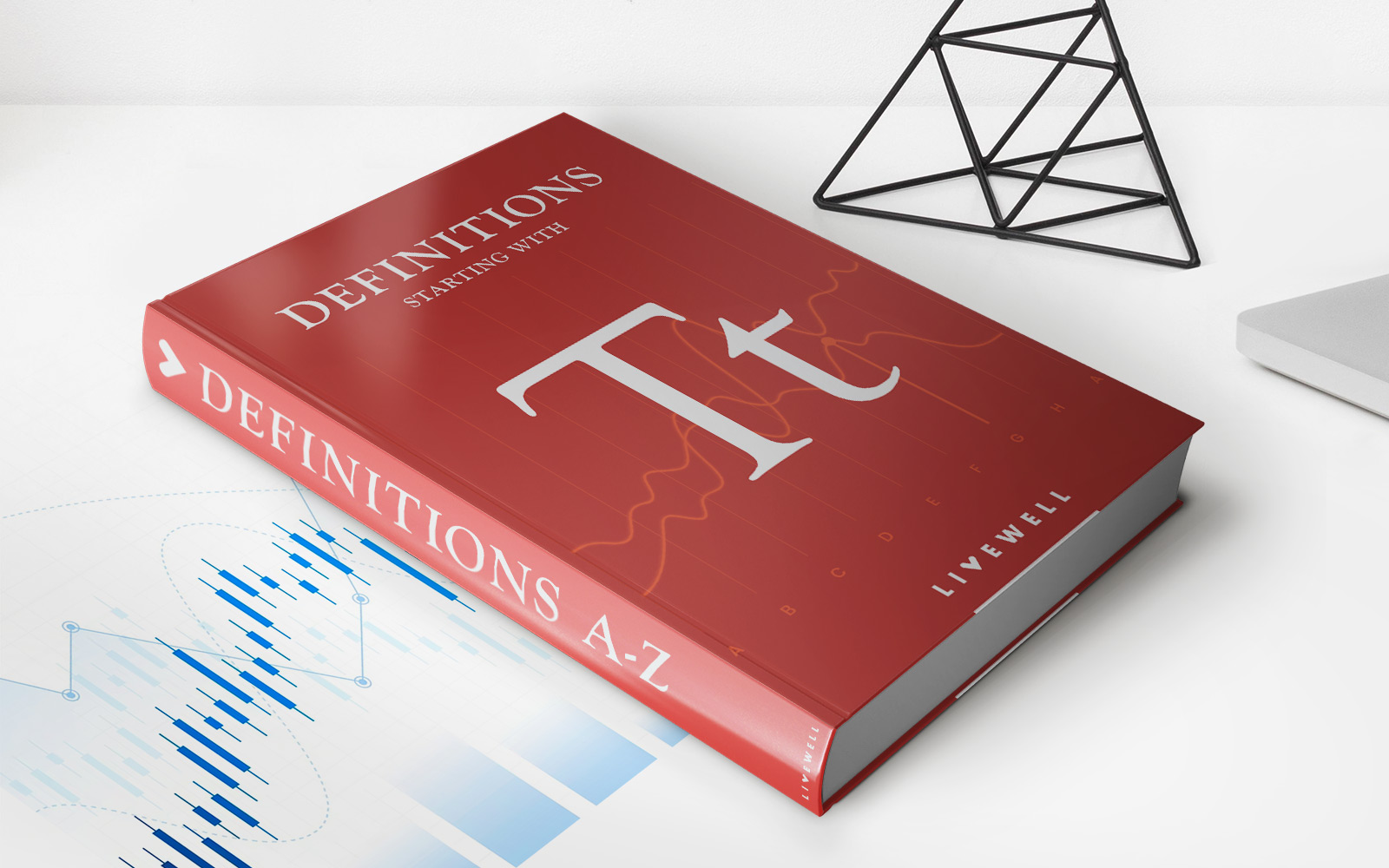Home>Finance>What Would Be My Minimum Payment On A Credit Card If I Borrow $4000


Finance
What Would Be My Minimum Payment On A Credit Card If I Borrow $4000
Published: February 27, 2024
Find out your minimum credit card payment for a $4000 balance. Get expert advice on managing your finances and credit card debt. Start taking control of your finances today!
(Many of the links in this article redirect to a specific reviewed product. Your purchase of these products through affiliate links helps to generate commission for LiveWell, at no extra cost. Learn more)
Table of Contents
**
Introduction
**
Credit cards have become an integral part of modern-day financial transactions, offering convenience and flexibility in managing expenses. However, the allure of easy purchases can lead to the accumulation of credit card debt, which necessitates an understanding of minimum payments. When considering borrowing $4000 on a credit card, it's crucial to comprehend the implications of minimum payments. This article delves into the factors that influence minimum payments, shedding light on how they are calculated in such a scenario.
Navigating the world of credit cards requires a fundamental understanding of the financial responsibilities associated with their use. Among these responsibilities is the obligation to make regular payments, with the minimum payment serving as the baseline requirement. As such, it's essential to comprehend how this figure is determined and the factors that influence its calculation.
Understanding the mechanics of credit card minimum payments is vital for borrowers, as it empowers them to make informed financial decisions. By gaining insight into the various elements that contribute to the minimum payment amount, individuals can effectively manage their credit card debt and avoid potential pitfalls associated with inadequate payments. With a focus on borrowing $4000, this article aims to elucidate the intricacies of minimum payments and equip readers with the knowledge needed to navigate this aspect of credit card usage.
**
Understanding Credit Card Minimum Payments
**
When it comes to credit card usage, understanding the concept of minimum payments is crucial for maintaining financial stability. The minimum payment represents the smallest amount a cardholder must pay by the due date to keep the account in good standing. It is typically calculated as a percentage of the outstanding balance, subject to a minimum fixed amount.
One key aspect to grasp is that while making the minimum payment keeps the account current, it may not effectively reduce the overall debt. This can lead to a prolonged repayment period and increased interest charges, ultimately resulting in a higher total cost of borrowing.
Card issuers often set the minimum payment as a small percentage of the total balance, usually around 1-3%. Additionally, there is typically a minimum fixed amount, such as $25, to ensure that the payment covers at least the interest accrued and a portion of the principal balance. It’s important to note that paying only the minimum can lead to a cycle of debt accumulation, as the remaining balance continues to accrue interest.
Understanding the implications of minimum payments is essential for borrowers, as it sheds light on the potential long-term consequences of carrying a balance. By comprehending the dynamics of minimum payments, individuals can make informed decisions regarding their credit card usage and debt management strategies. This knowledge empowers borrowers to proactively address their financial obligations and avoid falling into the trap of revolving debt.
**
Factors Affecting Minimum Payments
**
Several factors influence the calculation of minimum payments on credit cards, each playing a significant role in determining the amount a cardholder is required to pay. Understanding these factors is crucial for individuals seeking to manage their credit card debt effectively.
- Outstanding Balance: The outstanding balance on a credit card directly impacts the minimum payment amount. Typically, the minimum payment is calculated as a percentage of the total balance, meaning that a higher outstanding amount results in a larger minimum payment requirement.
- Interest Rate: The interest rate assigned to the credit card balance is a critical factor in minimum payment calculation. Higher interest rates lead to increased finance charges, consequently influencing the minimum payment amount. Cardholders with higher interest rates may face larger minimum payment obligations.
- Minimum Payment Percentage: Credit card issuers determine the minimum payment percentage, which is applied to the outstanding balance. This percentage, usually ranging from 1-3%, directly affects the minimum payment amount. A higher percentage results in a larger minimum payment requirement.
- Fixed Minimum Amount: In addition to the percentage-based calculation, credit card companies often set a minimum fixed amount that must be paid, regardless of the outstanding balance. This ensures that a certain portion of the principal balance and accrued interest is covered, preventing the perpetuation of debt through minimal payments.
- Accrued Fees: Late fees and other penalties can contribute to the minimum payment amount, especially if they are added to the outstanding balance. These fees increase the total balance on which the minimum payment percentage is calculated, leading to a higher minimum payment requirement.
By considering these factors, cardholders can gain insight into the dynamics of minimum payments and make informed decisions regarding their credit card usage and repayment strategies. Understanding how outstanding balances, interest rates, minimum payment percentages, fixed minimum amounts, and accrued fees interplay in minimum payment calculation is essential for effective debt management.
**
Calculating Minimum Payment on a Credit Card for $4000 Borrowed
**
When borrowing $4000 on a credit card, the calculation of the minimum payment involves several key considerations. Understanding how the minimum payment is determined in this scenario is essential for borrowers to effectively manage their credit card debt.
Typically, credit card issuers set the minimum payment as a percentage of the outstanding balance, often ranging from 1-3%. Additionally, there is usually a minimum fixed amount, such as $25, to ensure that the payment covers the interest accrued and a portion of the principal balance. In the case of a $4000 balance, the minimum payment calculation would involve applying the predetermined percentage to this amount, along with the fixed minimum amount.
For instance, if the minimum payment percentage is 2% and the fixed minimum amount is $25, the calculation would be as follows:
Minimum Payment = (Outstanding Balance * Minimum Payment Percentage) + Accrued Interest + Fixed Minimum Amount
Substituting the values for the $4000 balance:
Minimum Payment = ($4000 * 0.02) + Accrued Interest + $25
It’s important to note that the accrued interest would depend on the card’s annual percentage rate (APR) and the time period for which the balance has been outstanding. This interest would be added to the fixed minimum amount to arrive at the total minimum payment.
By understanding the components of the minimum payment calculation, borrowers can gain insight into the financial obligations associated with their credit card usage. This knowledge empowers individuals to make informed decisions regarding their repayment strategy, ensuring that they meet their minimum payment requirements while actively working towards reducing their outstanding balance and minimizing interest charges.













